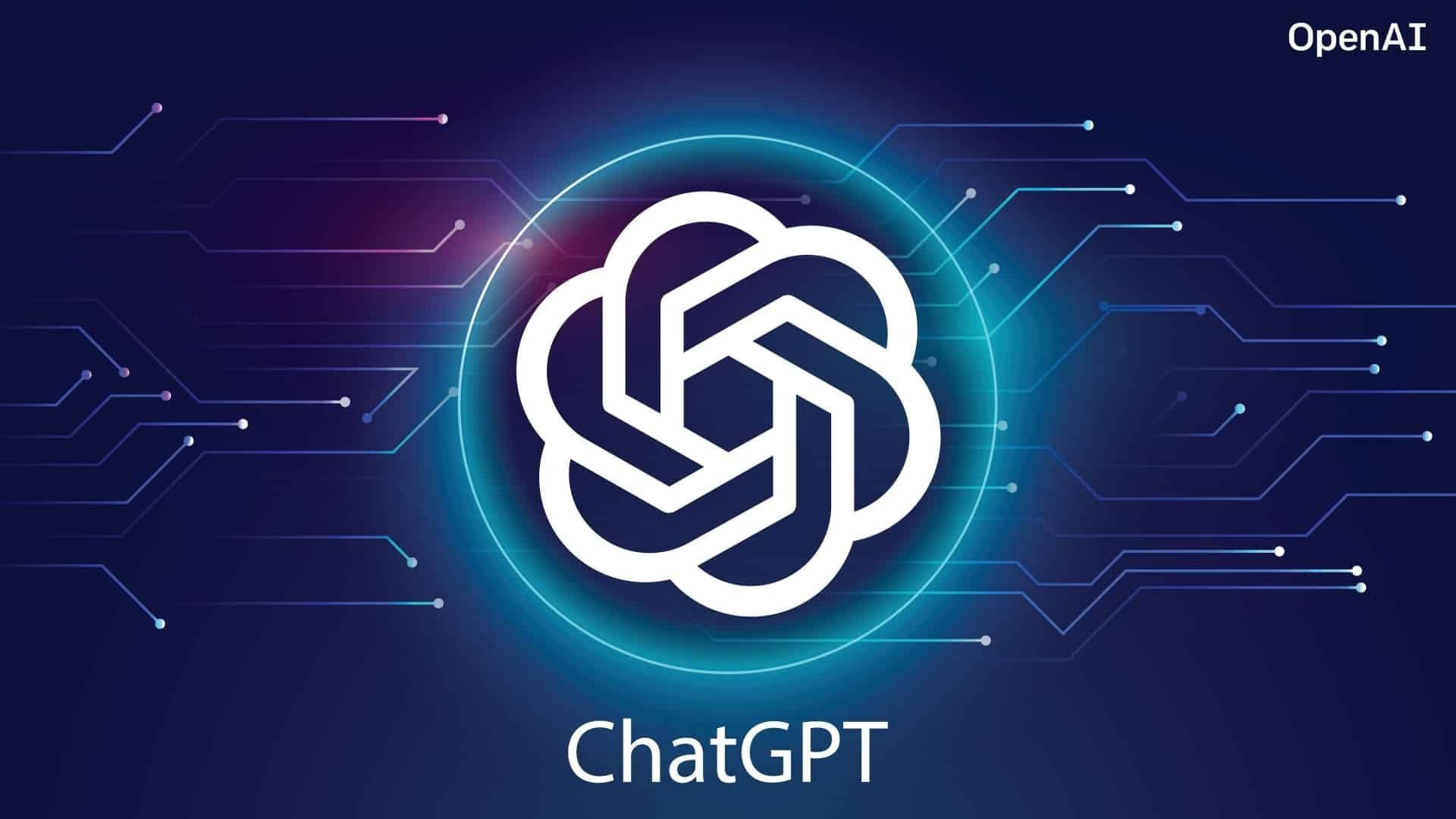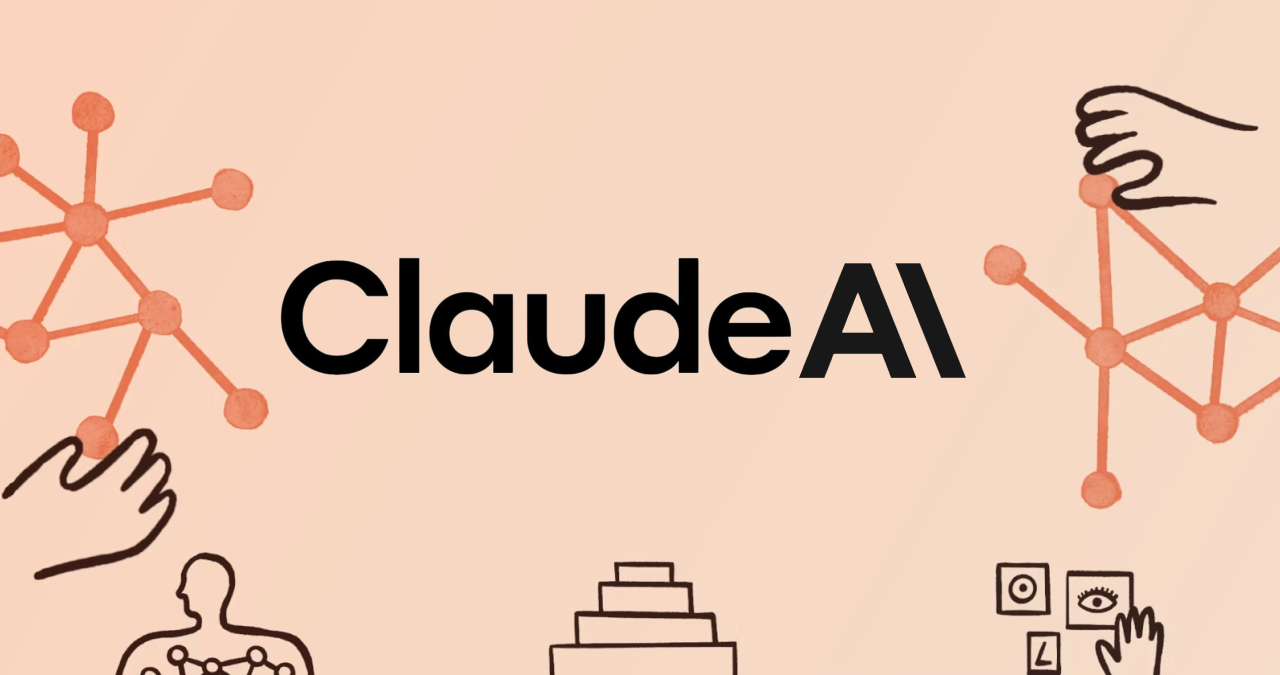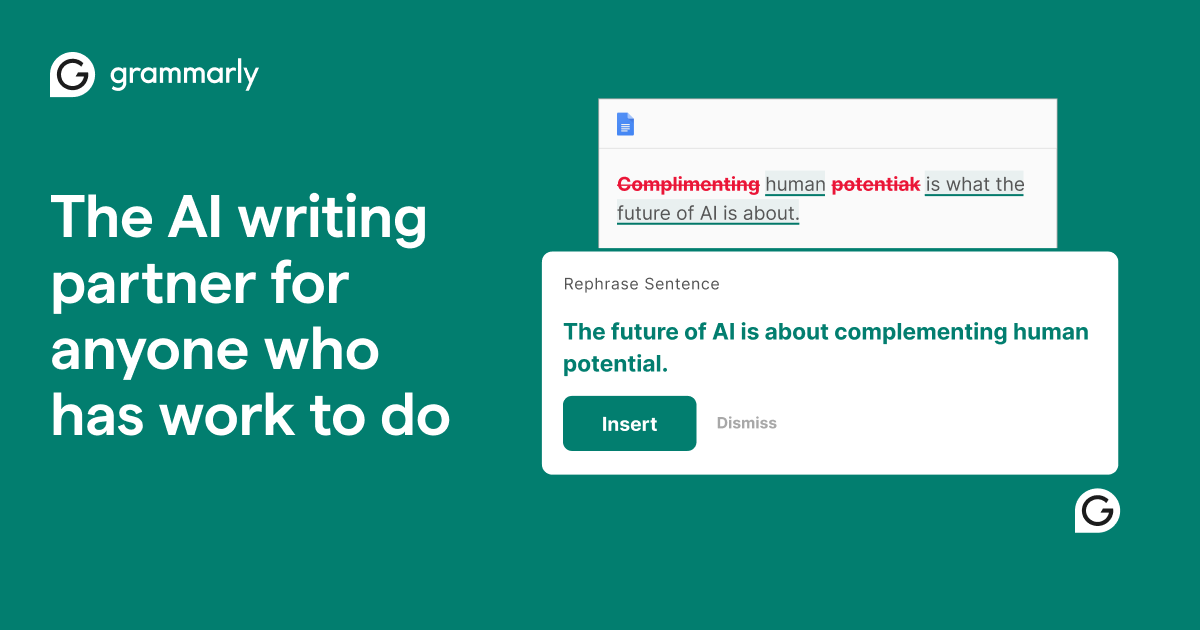Explore Free Use Generative Artificial Intelligence Tools
Dear Students,
The world of artificial intelligence is rapidly expanding, with generative AI models standing at the forefront of this technological revolution. As we push the boundaries of what machines can accomplish, it's imperative that we, as scholars and educators, explore the potential of these tools within our educational institutions. Here's an overview of generative AI tools, their applicability, and potential use cases in the realms of classroom teaching, broader education, and research.
1. Understanding Generative AI: Generative AI refers to models and algorithms that generate new content. This could range from text to images, music, or even videos. A common example is the GPT series from OpenAI, which can generate coherent, contextually relevant text based on a given input.
2. Classroom Applications:
- Content Generation: Generative models can be used to produce reading materials, examples, and exercises tailored to students' needs. This allows for personalized learning experiences.
- Language Learning: For students studying languages, these tools can create dialogues, reading passages, or even role-playing scenarios.
- Creative Projects: Students can employ generative AI to assist in producing art, music, or storytelling projects.
3. Broader Educational Uses:
- Personalized Learning Modules: Generative models can customize learning materials based on a student's proficiency and learning pace.
- Interactive Tutorials: AI can dynamically generate content in response to student queries or areas of interest.
- Assessment Creation: Educators can generate a variety of test questions, prompts, and challenges, ensuring that assessment materials remain fresh and diverse.
4. Research Implications:
- Data Augmentation: In fields where data is scarce, generative models can help in creating synthetic data for research purposes.
- Literature Reviews: Generative AI tools can assist in summarizing large volumes of academic papers, highlighting key points, and drawing connections across works.
- Hypothesis Generation: By analyzing vast amounts of data, AI can suggest potential hypotheses or areas of interest for researchers to explore.
- Simulation and Modeling: Generative AI can be used to model complex systems, predict outcomes, and visualize scenarios that might be challenging or costly to reproduce in real-world conditions.
5. Ethical Considerations: While the possibilities seem boundless, it's crucial to approach the integration of AI in education and research with a sense of responsibility. Ensuring data privacy, being aware of inherent biases in models, and recognizing the limits of AI-generated content are all essential considerations.
In conclusion, as the next generation of thinkers, educators, and researchers, embracing the power of generative AI tools is not just an opportunity, but a responsibility. By integrating these tools judiciously, we can enhance our teaching methods, enrich our students' learning experiences, and push the boundaries of research in unprecedented ways.
Best wishes in your exploration and endeavors,
-DRS




